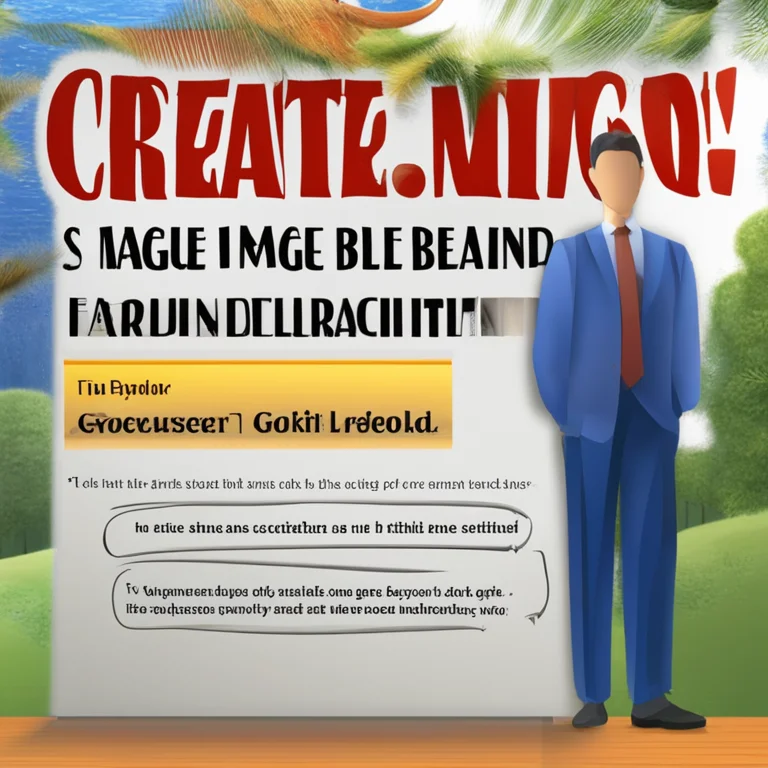
Eyes Open Meditation: A New Lens on Mindfulness
Discover the art of eyes open meditation, a practice infusing environment awareness with inner tranquility for a refreshing mindful experience.
article by Hina Kurosawa
Eyes Open Meditation: A Primer
Meditation is traditionally envisioned with closed eyes and a focus on the inner self. However, eyes open meditation invites a parallel journey where the external world remains present, intersecting with our internal landscape. This ancient yet avant-garde practice emphasizes being completely aware and in harmony with the environment while maintaining a meditative state. It can be especially enlightening for those who find traditional meditation challenging or feel disconnected from their surroundings when their eyes are closed. Studies suggest that this form of mindfulness can enhance cognitive flexibility and environmental integration.

Breaking Myths: Meditation is Versatile
Often there's a belief that meditation requires a withdrawal from the sensory world. Yet, eyes open meditation challenges this by proving that mindfulness can coexist with sensory engagement. This holistic approach cultivates a grounded sense of presence and promotes the idea that mindfulness need not be confined to a quiet room or a still position. By actively engaging with the world, practitioners can become more attuned to the interplay of their thoughts with the immediate milieu, finding peace amidst the mundane.

The Technique: How to Practice
How does one embark on this unique meditative journey? Begin by choosing a fixed point in the environment to gently rest your gaze. This point should not be overly stimulating but rather simple and neutral, like a stone, a piece of wood, or a spot on the wall. The objective is to soften the focus, becoming aware of the periphery while being anchored to the chosen point. The eyes are thus half-open, relaxed, and receptive, not darting around or focusing too hard which might invite strain.

The Mindset: Balancing Awareness
As you practice, aim for a balanced state of internal and external awareness. Observe your breath, the sensations in your body, and the gentle touch of air on your skin, while also embracing the ambient sounds, light, and shadow that enter your field of vision. The challenge is to remain a passive observer, not attaching to or fleeing from any particular stimulus. This equilibrium creates a bridge between the seeker and the world, nurturing a profound sense of interconnectedness.

Benefits of Eyes Open Meditation
Practitioners often report that this form of meditation can reduce anxiety by reinforcing the connection to one’s environment, decreasing feelings of isolation and fostering a sense of belonging. It also benefits those who experience drowsiness during closed-eye meditation by keeping the mind alert and engaged. Furthermore, eyes open meditation can sharpen focus and enhance our ability to function mindfully in everyday activities, cultivating a seamless transition between meditative practice and daily living.
Eyes Open in Various Traditions
While this might sound innovative, open eye techniques are deeply rooted in various spiritual traditions. Zen Buddhism, for instance, advocates a type of meditation known as Shikantaza, meaning "just sitting," where practitioners meditate with eyes lowered, taking in the expanse of their environment. Likewise, some schools of Tibetan Buddhism and other contemplative traditions have specific practices that involve maintaining an open gaze, highlighting the universality and adaptability of meditation.
Integrating Into Your Practice
Incorporating eyes open meditation into your routine is a journey toward expanding your mindfulness frontiers. Start with short sessions, perhaps five minutes, and gradually increase the duration as you become more comfortable. You may alternate between eyes closed and eyes open meditation to experience the subtleties of each approach. Remember, patience and persistence are key, as with any practice that seeks to deepen self-awareness and spiritual understanding.
Published: 1/9/2024
Modified: 1/9/2024
More predictions
Come back here soon to learn more about yourself and your future


Mindful Rest: Integrating Meditation & Sleep for Well-being
Discover the synergy of meditation and sleep in enhancing mental, emotional, and physical health. This article delves into practices that combine these powerful restoration tools.


The Serenity Sojourn: Embrace a Meditation Retreat
Delve into the tranquility of a meditation retreat and rejuvenate your mind, body, and soul with practices that transcend time.


The Serene Path: A Guide to Meditation Retreats
Discover the transformative journey of meditation retreats and how they can enhance your spiritual practice in a serene environment.